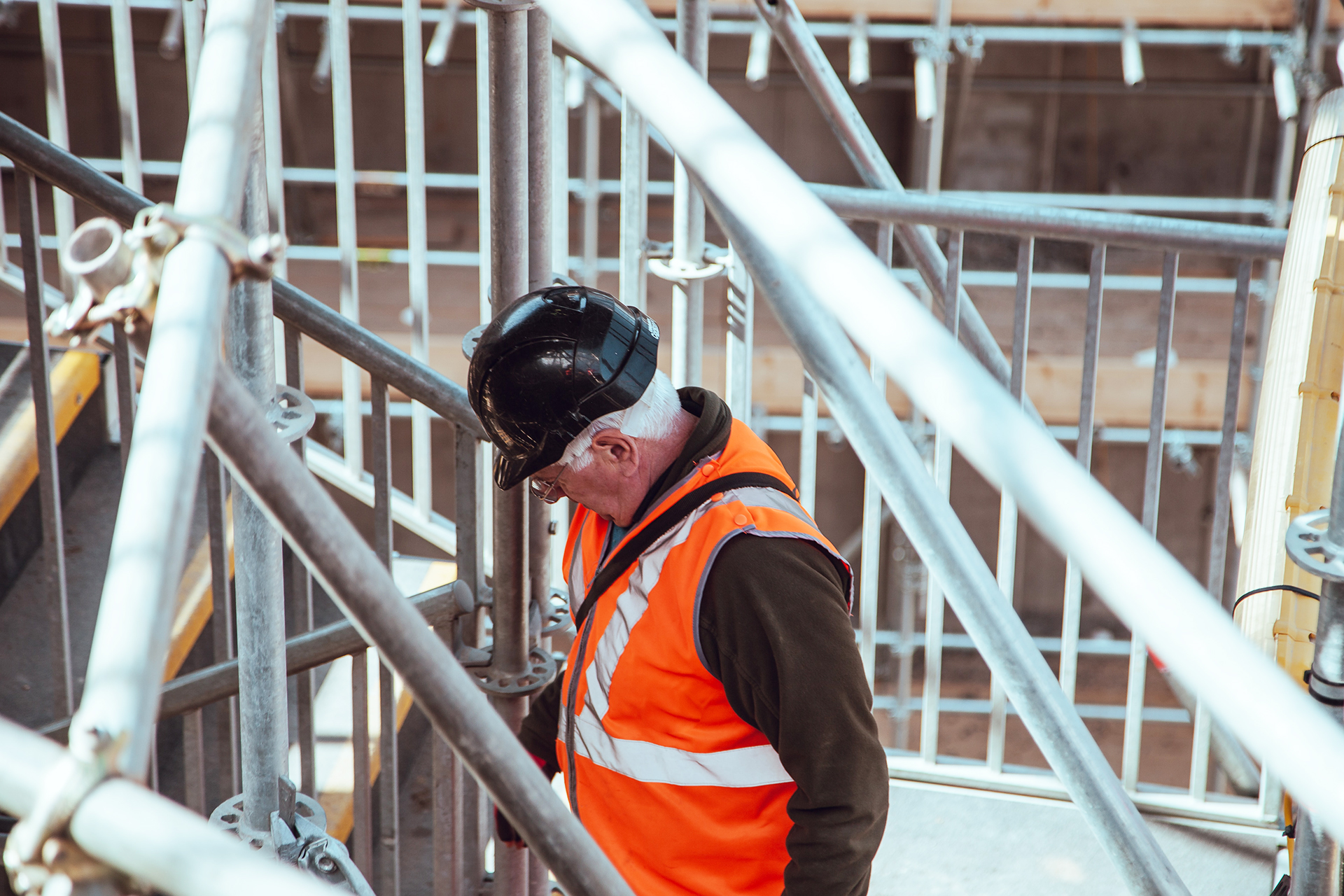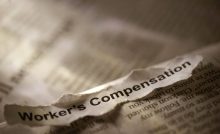Industrial deafness has been one of the most widespread occupational health concerns in the US and the UK for decades.
Regular exposure to high levels of noise can cause permanent hearing loss that cannot be treated with surgery or hearing aids.
“There are several laws in place to protect workers in the general industry of the manufacturing or service sectors, as well as in high-noise industries like mining.”
However, employees can take specific steps for preventing industrial deafness, if they feel they are at risk.
Things to Do As An Employer For Preventing Industrial Deafness
To mitigate the chances of putting your workers at risk from excessive noise of machines, explosions, etc., be sure to take the following steps for preventing industrial deafness:
- Make sure that noise level risk assessments are carried out regularly at the workplace.
- If possible, change the layout of the workplace or optimize it so that the quieter processes and the noisier processes are separate. This will ensure workers don’t spend too much time in a noisy environment and can take a respite when they are working on quieter processes.
- Consider whether the noise-generating machinery can be positioned in such a way that workers perceive less noise. Also, consider whether the existing machinery can be replaced with less noise-producing machinery, or new machinery can be noiseless.
- Provide workers with hearing protectors that are well fitted. Also, offer training to make sure that workers are properly trained to use the hearing protection. In workplaces of high noise levels, earplugs, ear defenders and semi-aural inserts are common forms of protection.
Steps for Workers In Preventing Industrial Deafness
There are a few warning signs which can tell you if the workplace is making you vulnerable to deafness.
If you hear humming or ringing in your ears when leaving work or experience temporary hearing loss regularly at the end of the work, then there may be a serious problem.
It is also caused for concern if you have to shout in order for your co-workers to hear you even if they are an arm’s length away. Any time these symptoms are noticed, you should bring them to the attention of your employers immediately.
Guidelines to Stay Safe
- Don’t stay in areas of high noise levels for extended periods of time, only be there when it is absolutely necessary.
- Wear your hearing protection as recommended and make sure it is well maintained. If you haven’t received correct training about how to use your noise protection devices, you should ask for more information and training.
Know About The Types of Ear Protection Against Industrial Deafness
There are three main types of ear protection that employers provide workers in high noise environments.
- Earplugs – are the most common, in the form of small plugs that can be fitted in the ear cavity to block out noise. Earplugs can be disposable or reusable. They are also custom-designed for different ear sizes. The plugs should be inserted at the correct depth and angle to prevent noise leakage.
- Earmuffs – are usually a pair of ear muffs attached to a band, similar to headphones. To prevent noise leakage, the earmuffs should be snug against the ears.
- Semi-aural inserts – are like earplugs but they are not plugged in as deep as earplugs.
“As a result, they may not be suitable for use in areas with noise levels above 87 dB.”





